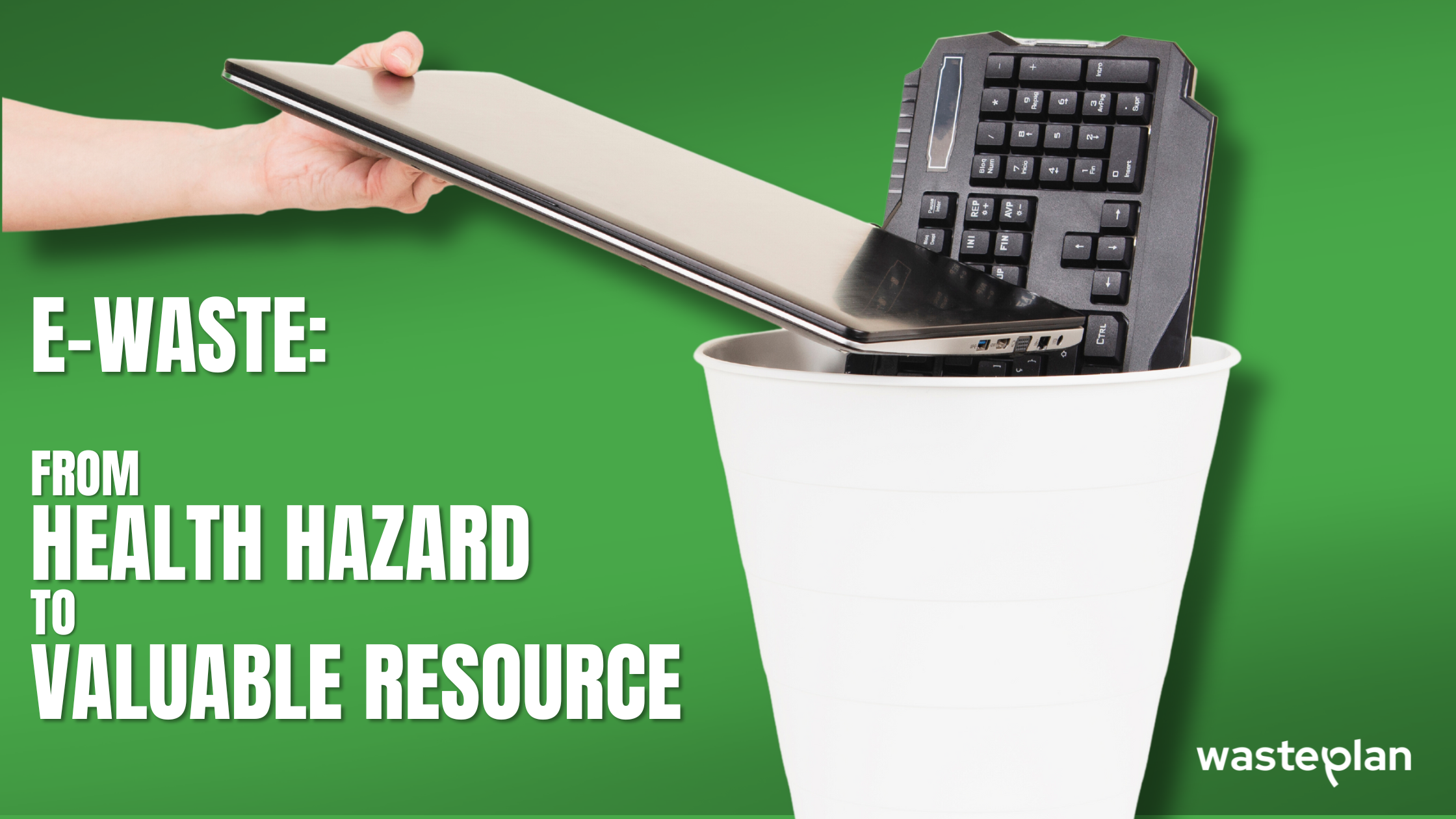Ever think about e-waste?
Do you still listen to music on a CD player? Are you buying the latest mobile phone every time a new one is released? How many laptops have you gone through in your lifetime? What about old toasters, broken vacuum cleaners, or that box full of random cables in the garage?
E-waste (electronic waste) is the fastest-growing waste stream in South Africa, and if you think about it, this makes sense. Most consumer electronics are designed to make it impossible to repair them or replace parts. This is known as ‘planned obsolescence’ – a policy of deliberately manufacturing products with an artificially limited useful life, in order to generate more sales. Unfortunately, this strategy has been so successful that in South Africa we produce about 415 500 tonnes of e-waste every year.
E-waste is toxic
The problem is that e-waste contains toxic substances that are extremely harmful to the environment, and can pollute air, soil and water ecosystems for generations to come. These substances include lead, arsenic, mercury and cadmium (known to cause cancer in humans) and many more – therefore they must be disposed of with proper care.
As a pro-active response to e-waste and its impact on society and the environment, the South African government passed legislation to address this growing concern from both sides of the coin – producers ánd consumers.
Since May 2021, EPR (Extended Producer Responsibility) laws require electronics producers, retailers and importers to design, manufacture, sell and keep their products in the recycling loop as far as is practically possible.
Since August 2021, e-waste has been banned from landfills. This means that as consumers, we cannot dispose of any e-waste in our general trash that goes to landfill – instead it has to be collected and recovered by licensed e-waste recyclers.
E-waste is also valuable
The good news is that e-waste also contains many valuable substances that can be usefully recycled when separated. These include PC boards and cabling, plastics, glass, and metals such as gold, platinum, copper, zinc, aluminium and iron.
The e-waste recycling process:
- Typically, the first step of e-waste recycling is manual sorting, to determine which individual parts are still functional and can be reused or sold.
- Skilled workers then separate the e-waste into its components to remove the hazardous substances. (For example, the toner found in a photocopier is extremely flammable and can blow up the processing equipment.)
- What is left is shredded into tiny pieces.
- Once shredded, the e-waste is separated into its valuable ‘fractions’. (For example, a giant magnet will draw out the ferrous metals.)
- Next, the waste is separated through a mechanical process and cleaned with water. (For example, plastics will float in water, while glass will sink.)
- These ‘fractions’ are then processed into suitable raw materials for manufacturing. (For example, turned into stabilised mercury pellets or phosphor powder.)
- A detailed waste manifest or destruction certificate is issued to the consumer upon completion.
Be part of the solution
So the real question is: what do you do with all your electronics when they reach the end of their useful life? The answer is: do not throw your discarded electronics in your general waste or dump them somewhere.
Rather, as a WastePlan client, you can benefit from our expert management of every kind of waste stream. We can supply fit-for-purpose containers for hazardous waste storage, and have a network of accredited industry professionals who will safely and responsibly collect, transport, recycle and dispose of your e-waste.
Let’s turn a health hazard into a valuable resource, together.





